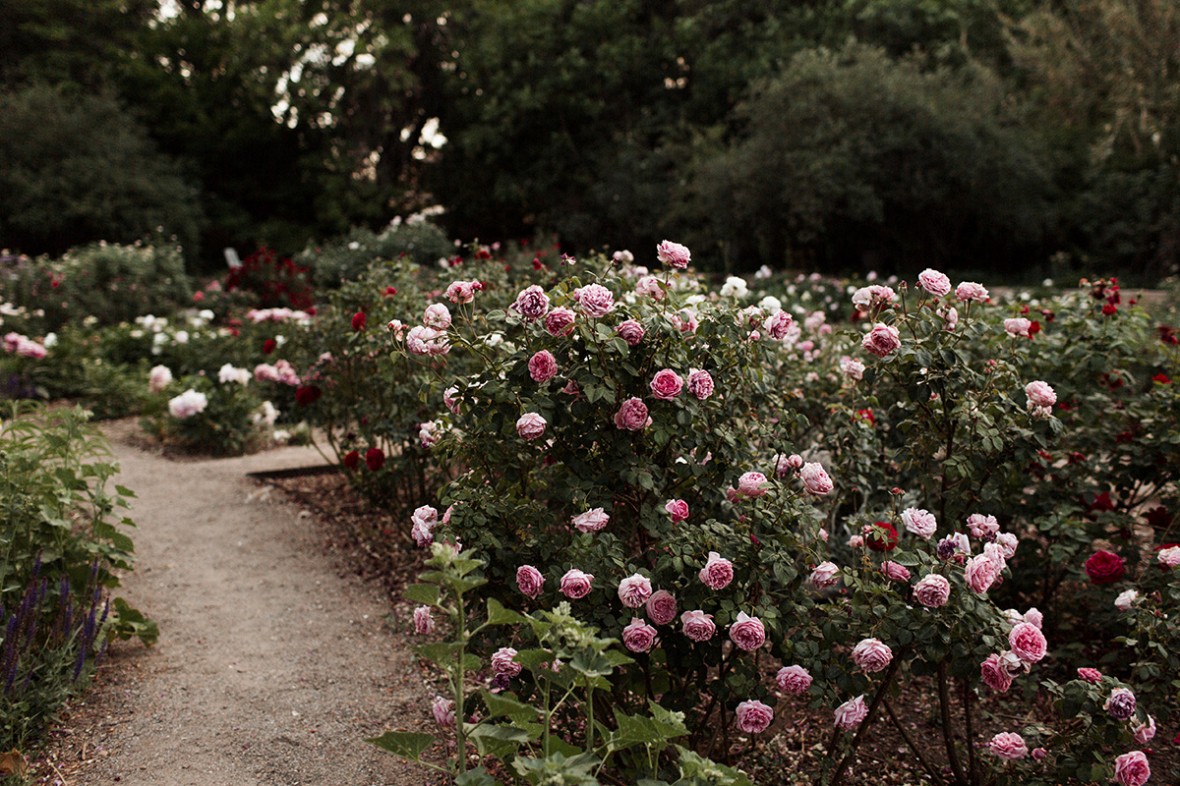
Amid the bright blooms of late spring, we reflect on the 90 years of history preserved in the prolific gardens of Los Poblanos.
In the early 1930’s Ruth and Albert Simms purchased the property and got right to work on renovating and expanding their private residence into their dream farm and ranch. To bring vision to the construction of the buildings the Simms enlisted renowned architect, John Gaw Meem, but when it came to outdoor spaces, they turned to Rose Greely.
One of the first female landscape architects in the United States, Greely’s work at Los Poblanos embodied elements of xeriscape design, fifty years before the style was formally developed. As most of Greely’s experience and work was limited to the East Coast, she brought a unique perspective to the gardens designed at Los Poblanos. Equally inspired by Beaux Art’s formal symmetry and Arts and Crafts’ embrace of the untamed qualities of nature, Greely chose to keep the gardens closer to the buildings highly designed while native plants created an organic perimeter.

Left: Pebbled mosaic walkway with rose beds. Middle: A drawing of the design of "Pop: Shaffer's pebbled mosaic. Right: Mudejar water rill.
Perhaps the best example of this blending of styles is in the design of the West Garden. With a long central walkway running north to south and smaller walkways branching off perpendicularly with beds of roses and seasonal perennials planted in between. To balance the symmetry of the walkways, at the south end of the garden, the main path opens into a large round pebble mosaic created by New Mexican folk artist “Pop” Shaffer. The piece depicts a zodiac that includes Native American motifs and symbols.
When the Rembe family acquired the property from the Simm’s estate they viewed it as their duty to to ensure the historic significance of the gardens were preserved. Their labor of love shows every spring when fragrant blooms burst to life. We are honored to be a part of the stewardship of these historic spaces so future generations will be able to enjoy them as much as we do.
For more information on the history and cultural significance of the Los Poblanos landscape, get a copy of Judith Philips' award-winning book, The Gardens of Los Poblanos.
